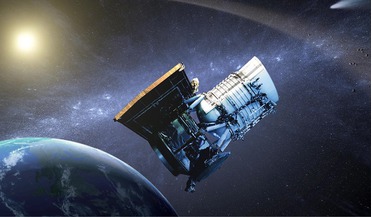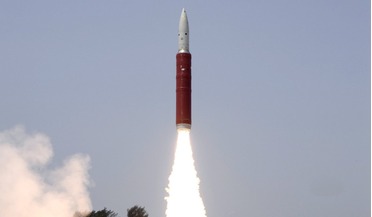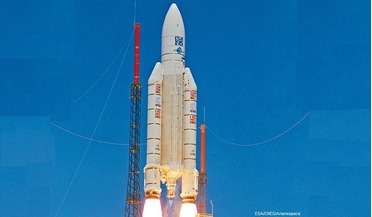 August 2016
Academia’s role in space protection, space traffic management & orbital debris mitigation
August 2016
Academia’s role in space protection, space traffic management & orbital debris mitigation
... ways to explore and define the state-of-the possible, and help it become the state-of-practice in space operations. Sources of space debris include explosions of rocket bodies. Specifically, there are five key areas in which academia is uniquely...
 January 2020
Rule of law vital for humanity’s sustainability and survival
January 2020
Rule of law vital for humanity’s sustainability and survival
... for collective action are: growing space debris, the possibility of conflicts over space-based natural resources, and the possibility of war in space. Growing space debris The amount of space debris, especially in highly used orbits, is increasing...
 28 March 2019
India carries out first-ever anti-satellite weapon test
28 March 2019
India carries out first-ever anti-satellite weapon test
... time, the then head of DRDO – V.K. Saraswat – said India would not do a physical test “because of the risk of space debris affecting other satellites.” China received widespread global criticism for its test in 2007 when it shot down...
 January 2019
Preparing for a robotic revolution in Earth orbit
January 2019
Preparing for a robotic revolution in Earth orbit
...robots on orbit. This will in turn enable new, more flexible space systems to accelerate the current growth of the space economy, as well as mitigate the growing threat of space debris. Robotics is a rich area for research, development and investment...
 February 2019
The Space Elevator – an alternative path to space?
February 2019
The Space Elevator – an alternative path to space?
...been tested, and the practical issues remain hard to judge. Space debris is a high risk for a static elevator, as anything ... grip, issues in the atmosphere, avoidance methods for space debris and sufficient reliability of the tether and the climbers,...
 March 2015
ESA’s Clean Space Initiative and the role of the LCA tool
March 2015
ESA’s Clean Space Initiative and the role of the LCA tool
...done a great deal of technical and scientific work to address the problems related to space debris, including the establishment of a dedicated Space Debris Office. It is also developing multiple technologies to aid the compliance of missions with end...